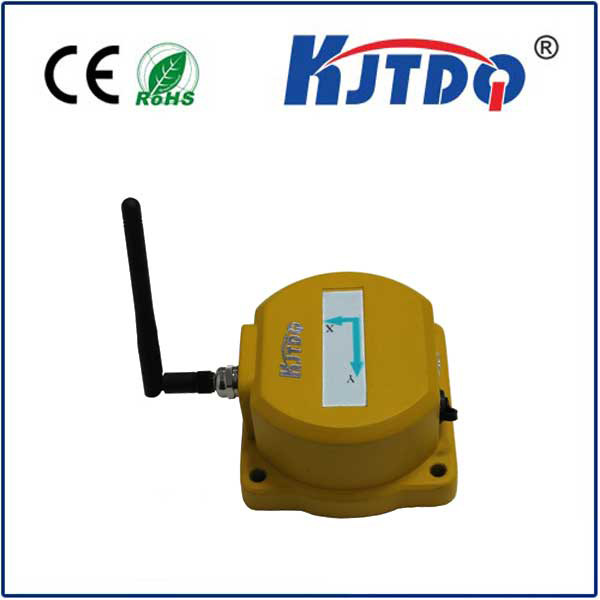


查看更多

查看更多

查看更多

查看更多

查看更多

查看更多

查看更多
BIM-NST-Y1: A New Era in Building Information Modeling and Construction
The construction industry is undergoing a transformative shift, driven by the integration of advanced technologies such as Building Information Modeling (BIM). BIM has long been a cornerstone of modern construction, enabling architects, engineers, and construction professionals to create detailed digital representations of buildings. However, the integration of artificial intelligence (AI) and machine learning (ML) into BIM has opened new possibilities, particularly in the realm of predictive analytics and automation. One of the most promising developments in this space is the BIM-NST-Y1 framework, which represents a significant advancement in the application of digital tools to construction projects.
At the heart of the BIM-NST-Y1 framework is the concept of Natural Semantic Tracking (NST), a technique that enhances the accuracy and efficiency of BIM by enabling the system to interpret and track the semantic meaning of building components. Unlike traditional BIM models, which are often static and require manual updates, NST allows for dynamic, real-time data management. This is particularly important in large-scale construction projects where the complexity of the design and the number of stakeholders can lead to significant delays and errors.

The BIM-NST-Y1 framework is designed to address the challenges of managing large-scale construction projects by providing a more cohesive and integrated approach to data management. It combines BIM with natural language processing (NLP) and semantic analysis to create a system that can understand and respond to construction data in a more human-like manner. This not only improves the accuracy of the models but also enhances collaboration among different stakeholders, including architects, engineers, contractors, and clients.
One of the key benefits of the BIM-NST-Y1 framework is its ability to predict construction outcomes based on historical data and current project conditions. By analyzing past projects and incorporating real-time data, the system can provide insights into potential delays, cost overruns, and material shortages. This predictive capability allows project managers to take proactive measures, reducing the risk of unforeseen issues and ensuring that projects stay on schedule and within budget.
In addition to predictive analytics, the BIM-NST-Y1 framework also emphasizes automation in the construction process. Automated workflows and intelligent systems can handle repetitive tasks such as data entry, document management, and scheduling, freeing up human resources for more strategic and creative work. This shift towards automation not only increases efficiency but also reduces the likelihood of human error, leading to higher-quality construction outcomes.
The integration of NST into BIM is a significant step forward in the evolution of the construction industry. By leveraging the power of natural language and semantic analysis, the BIM-NST-Y1 framework enables a more intuitive and user-friendly approach to building information modeling. This is particularly beneficial for projects that involve complex designs or multiple stakeholders, where clear communication and data accuracy are crucial.
As the construction industry continues to evolve, the BIM-NST-Y1 framework represents a pivotal development in the application of digital technologies to building projects. It not only enhances the efficiency and accuracy of BIM models but also opens up new possibilities for innovation and collaboration. With the right implementation, the BIM-NST-Y1 framework can become a standard in the industry, helping to shape the future of construction and infrastructure development.
In summary, the BIM-NST-Y1 framework represents a transformative approach to building information modeling, combining the strengths of BIM with the power of natural semantic tracking. By improving data accuracy, predictive capabilities, and automation, it is set to revolutionize the way construction projects are planned, executed, and managed. As the industry moves towards more intelligent and data-driven solutions, the BIM-NST-Y1 framework stands as a key innovation in the field of construction technology.









